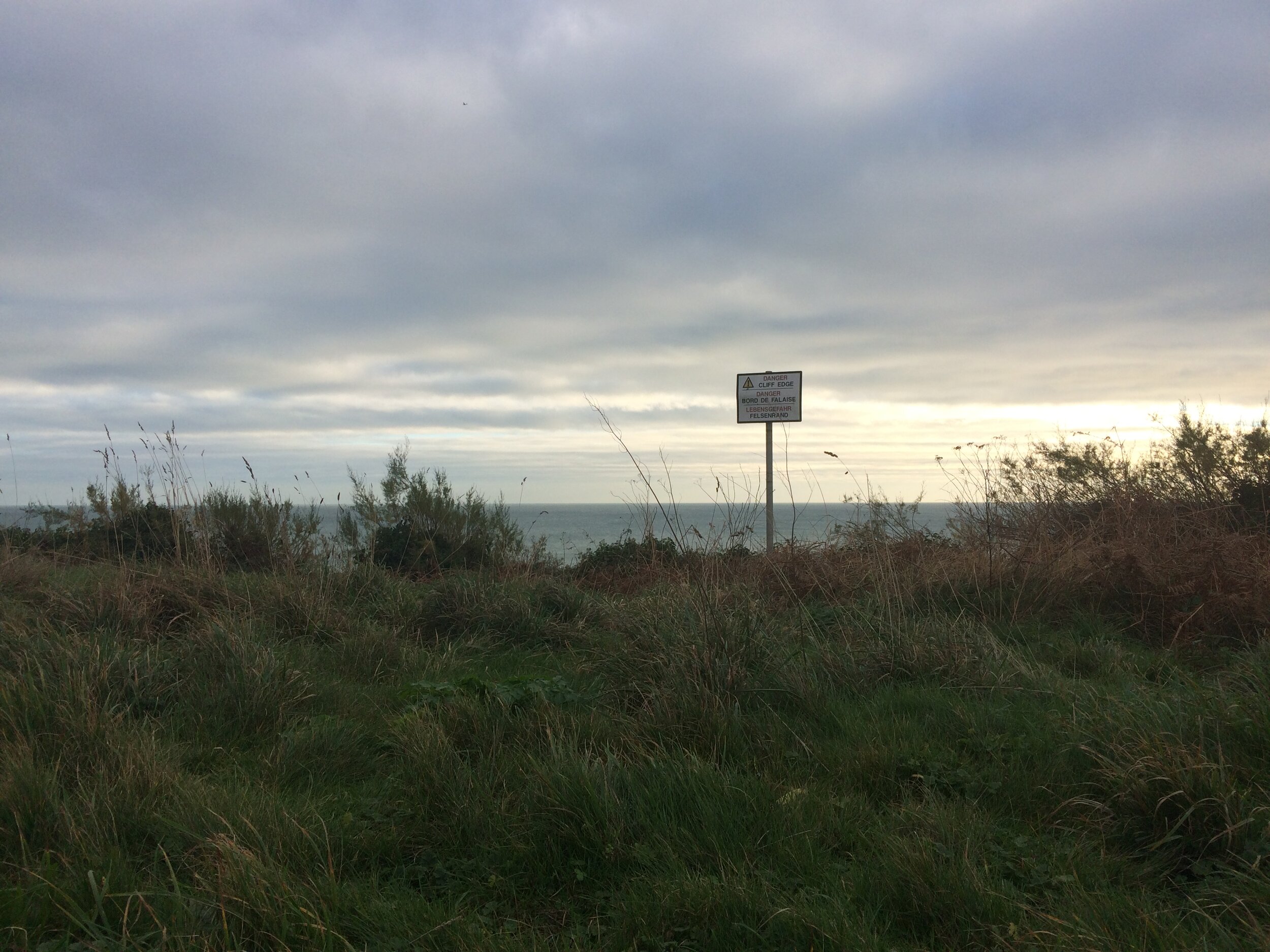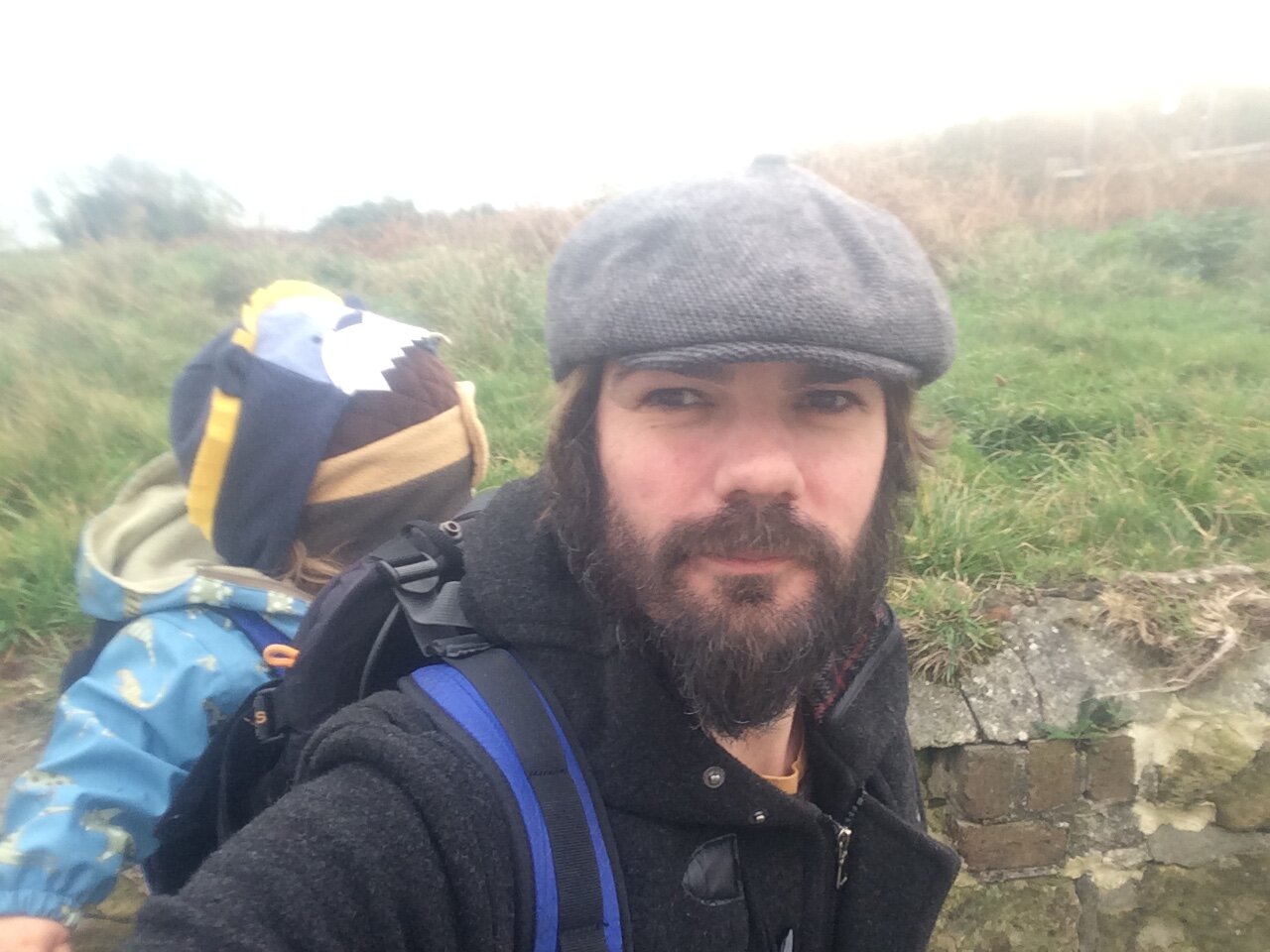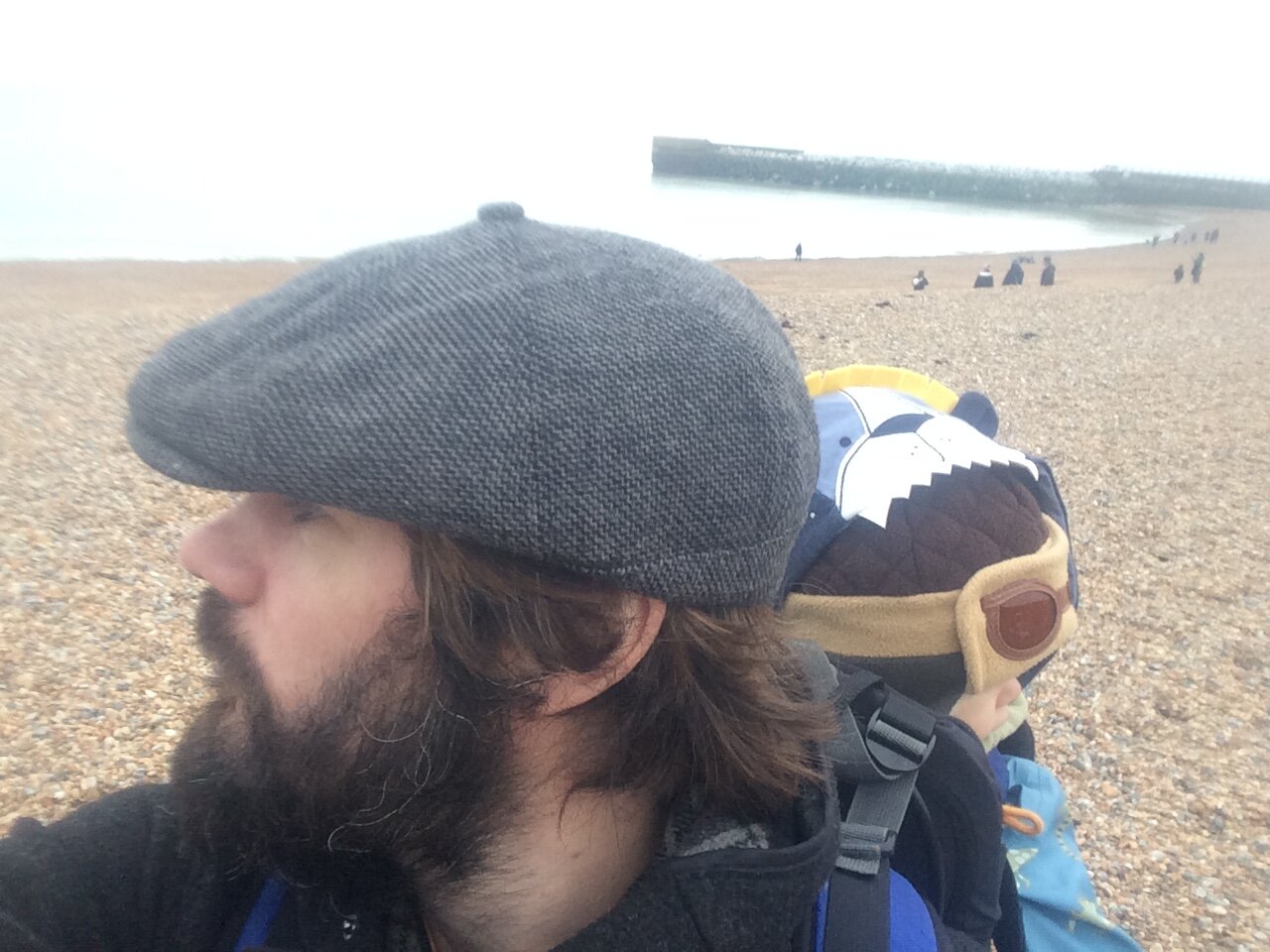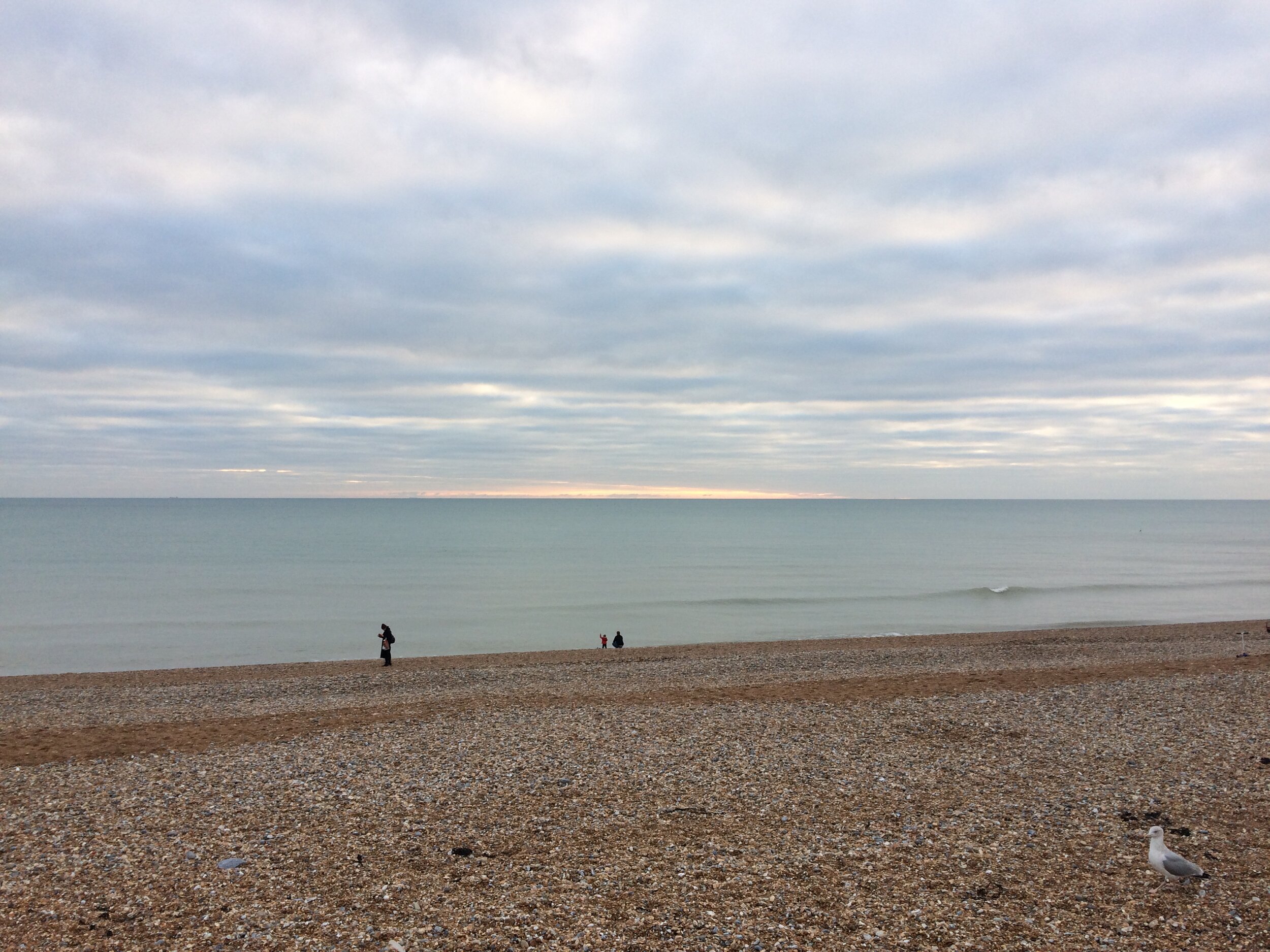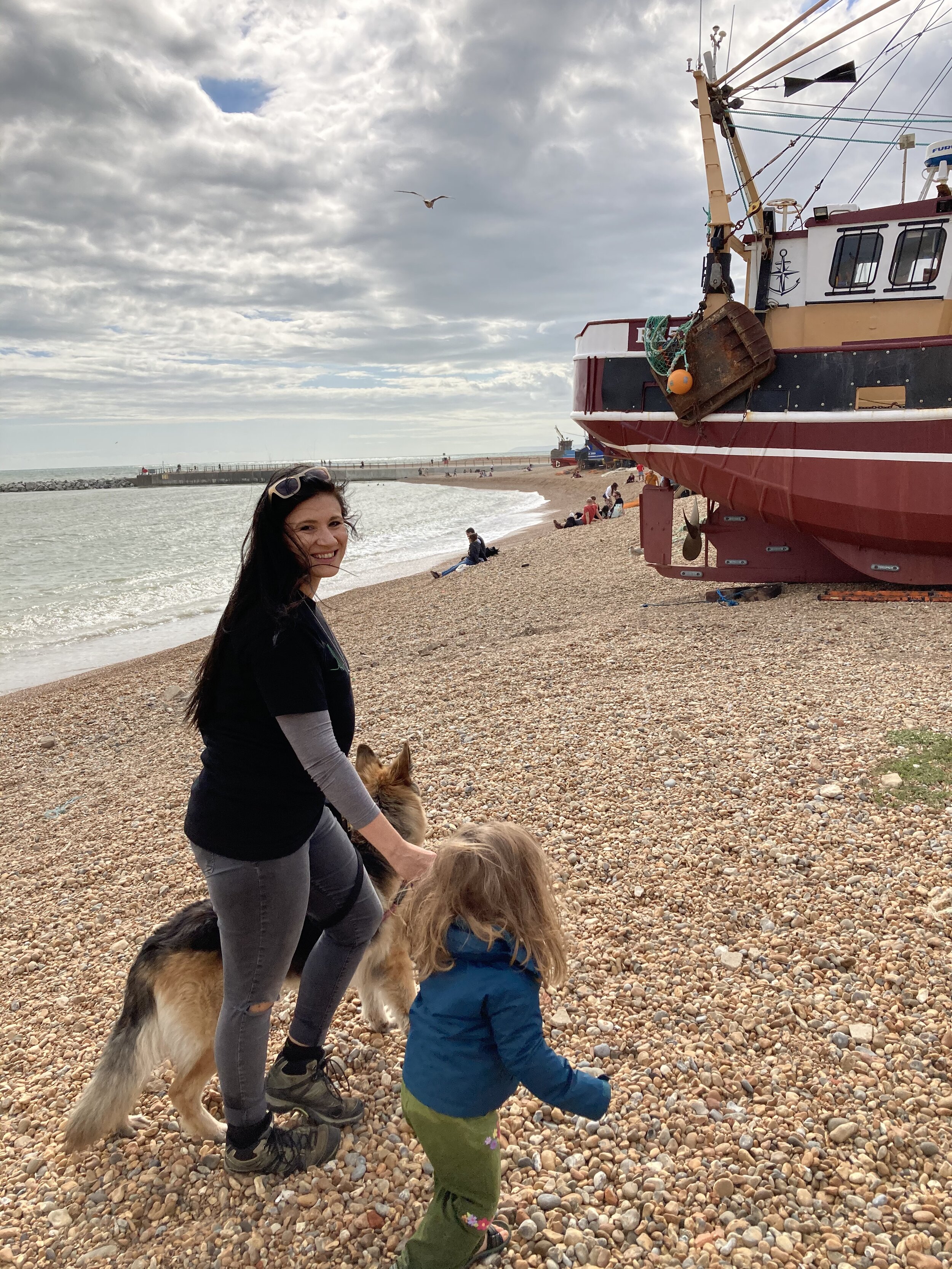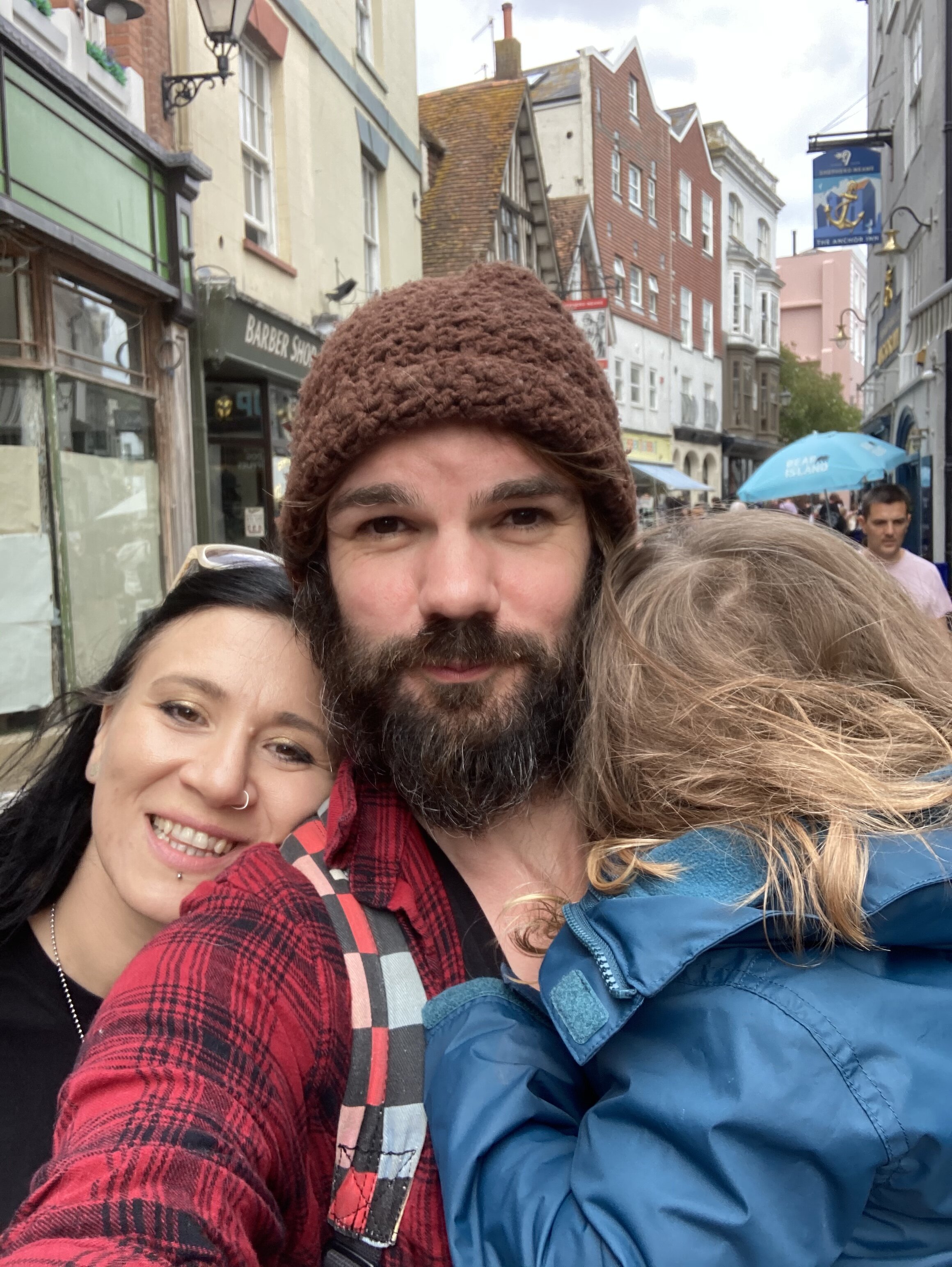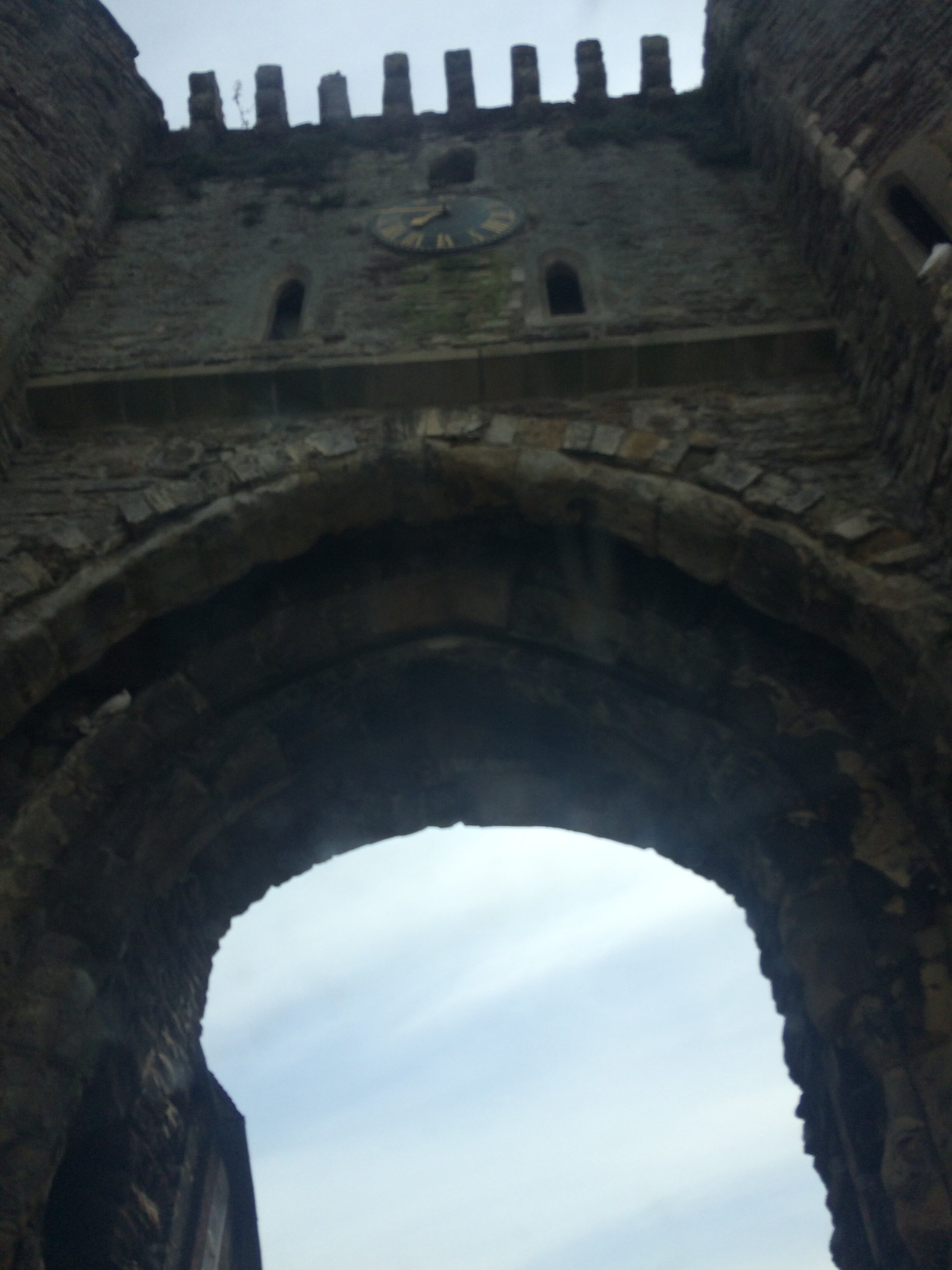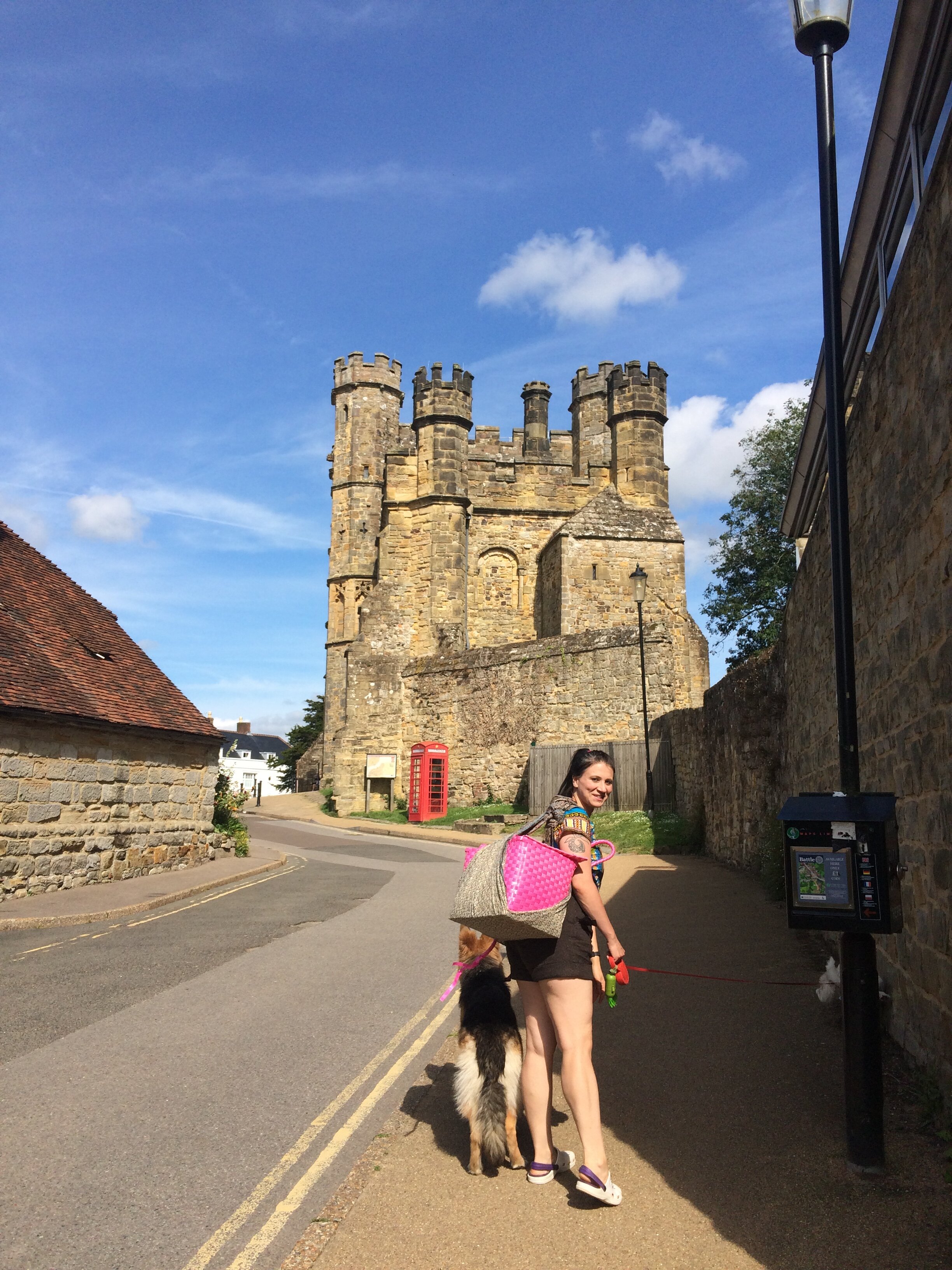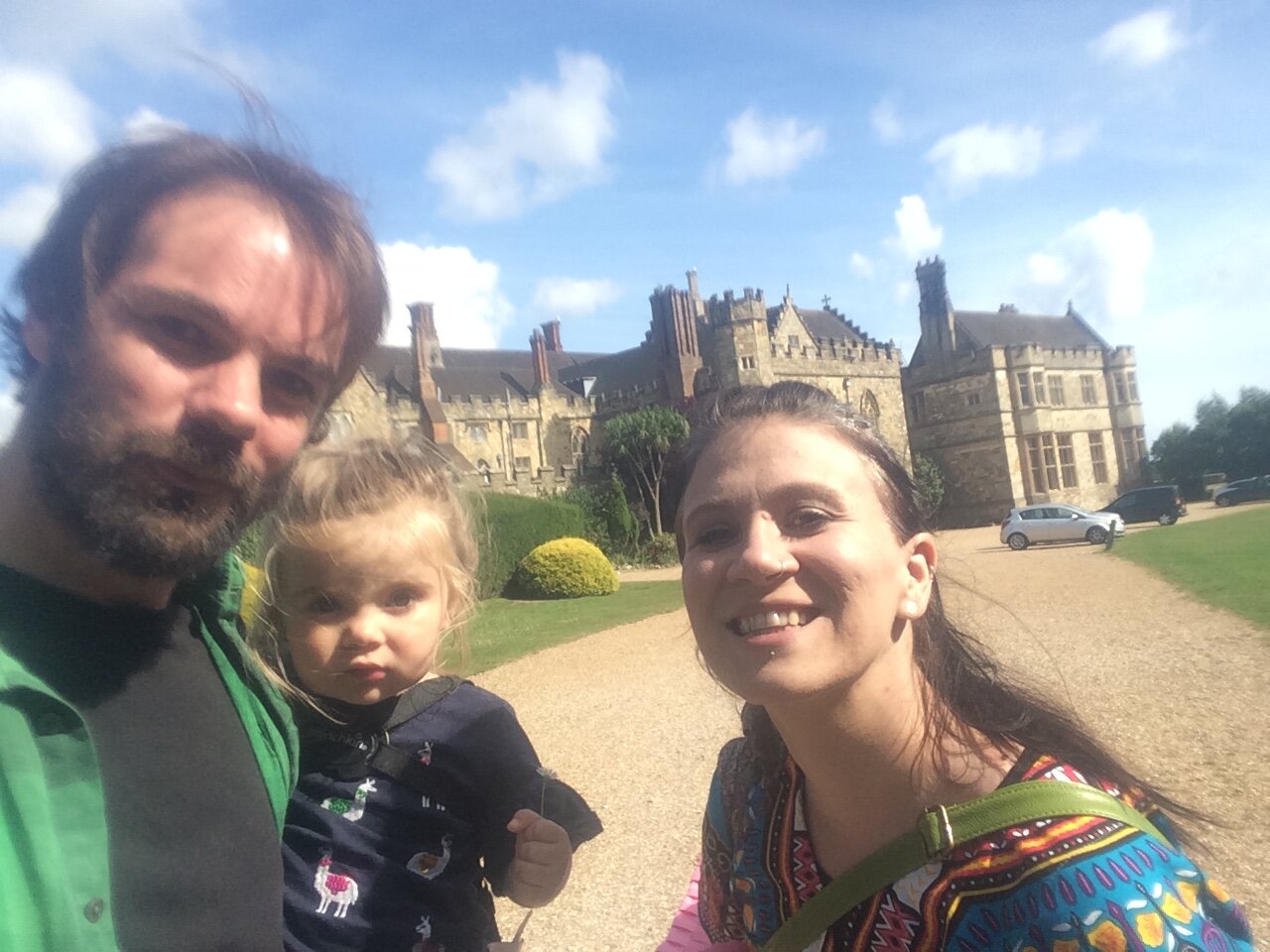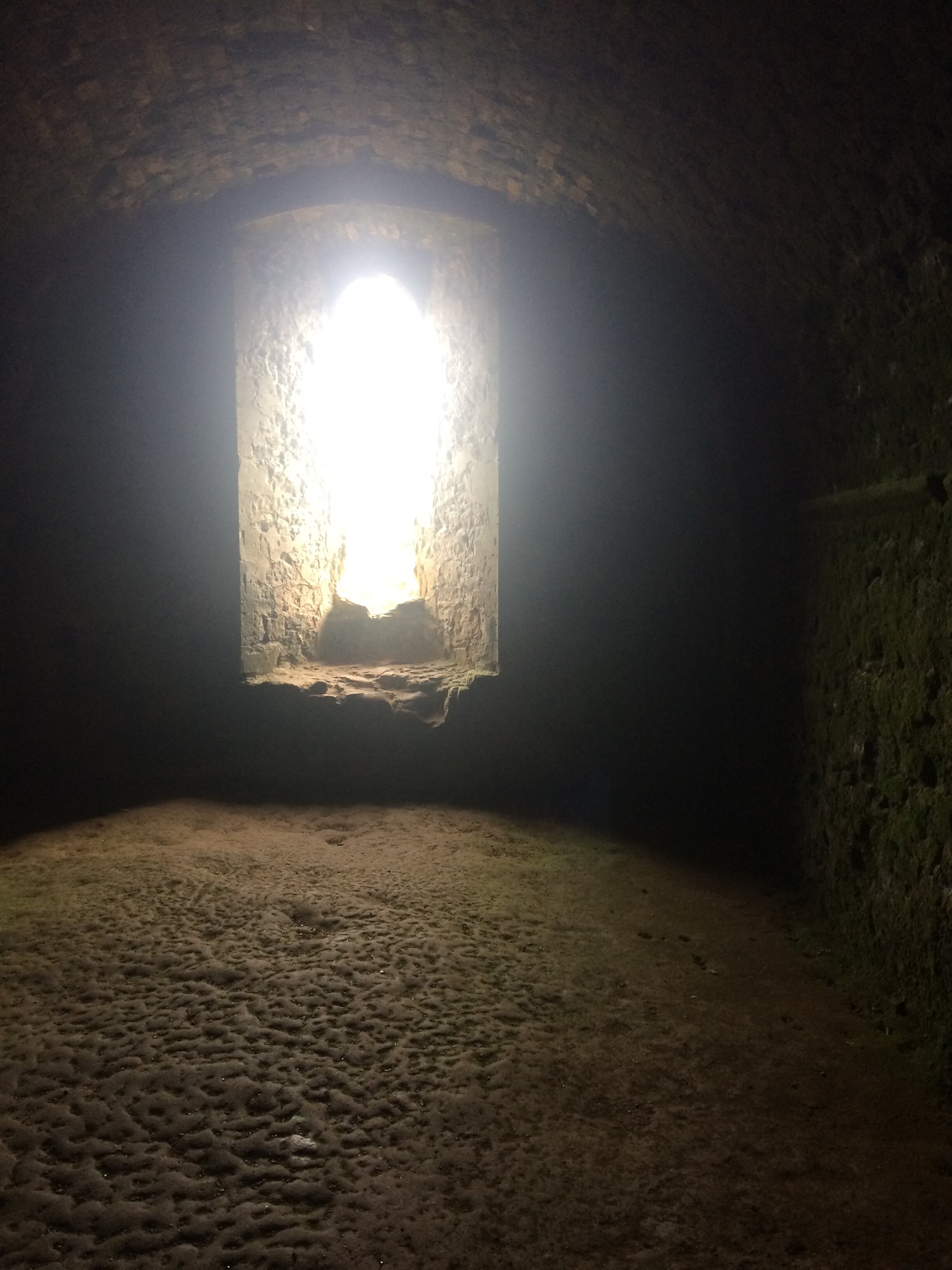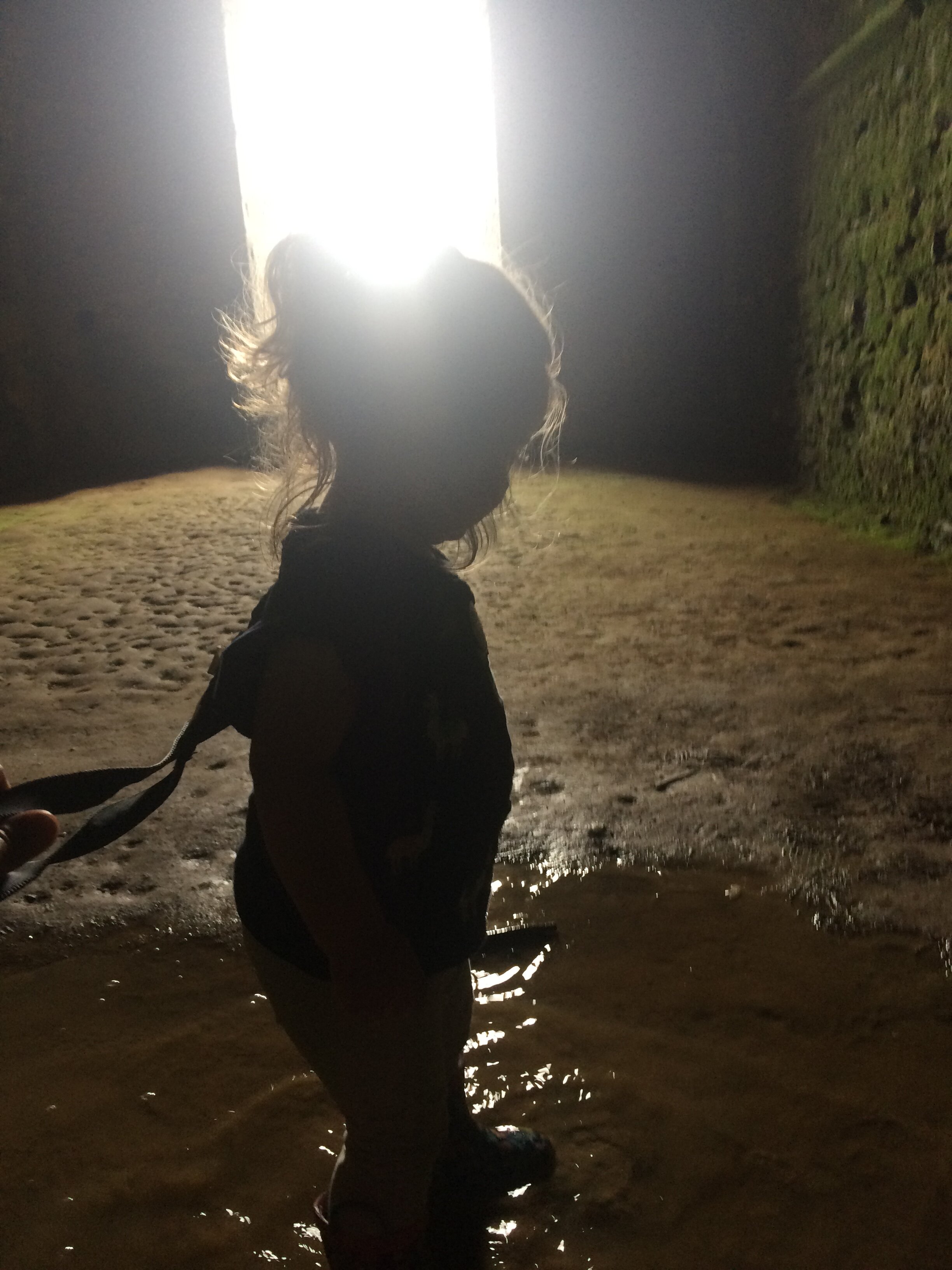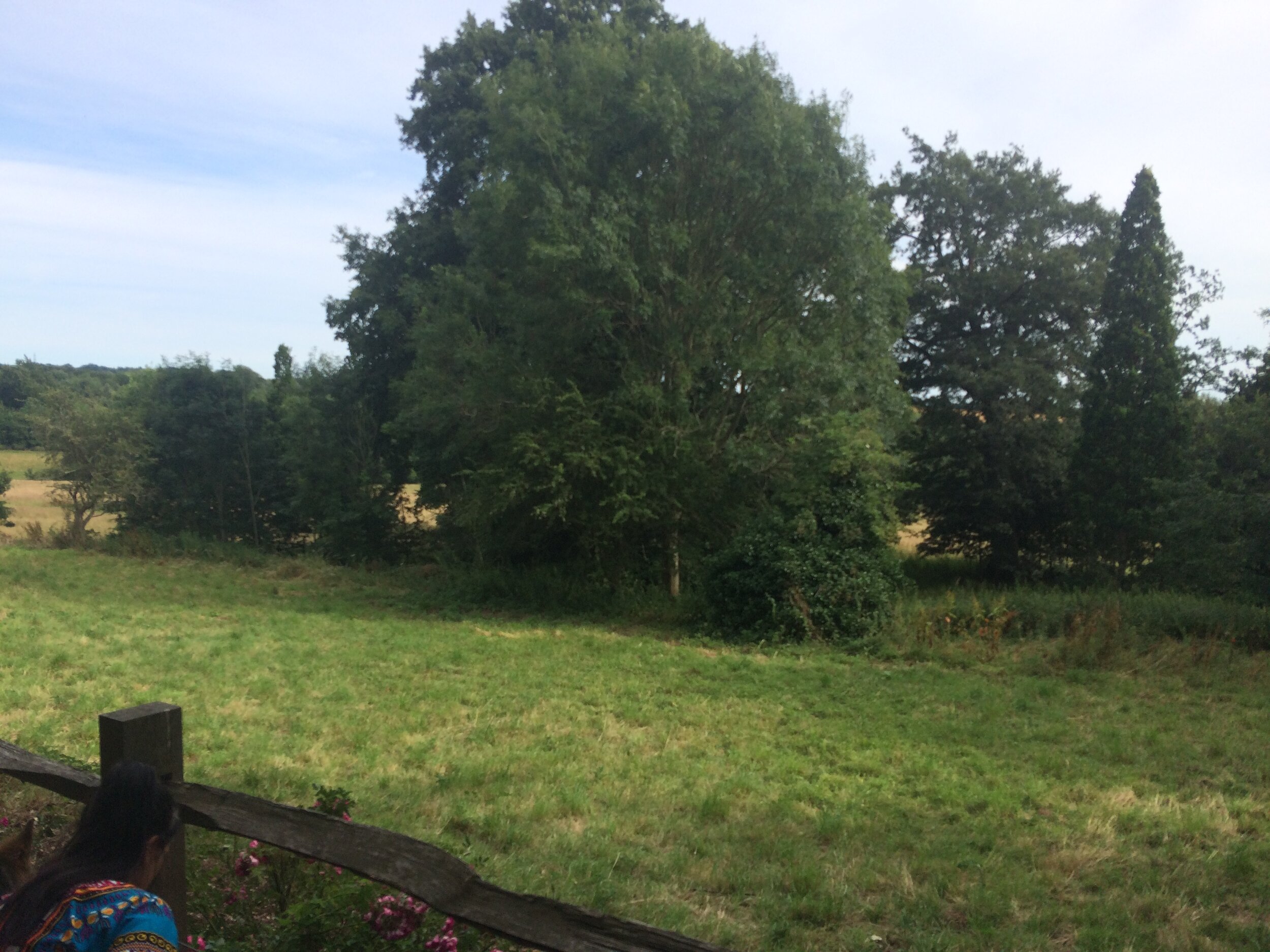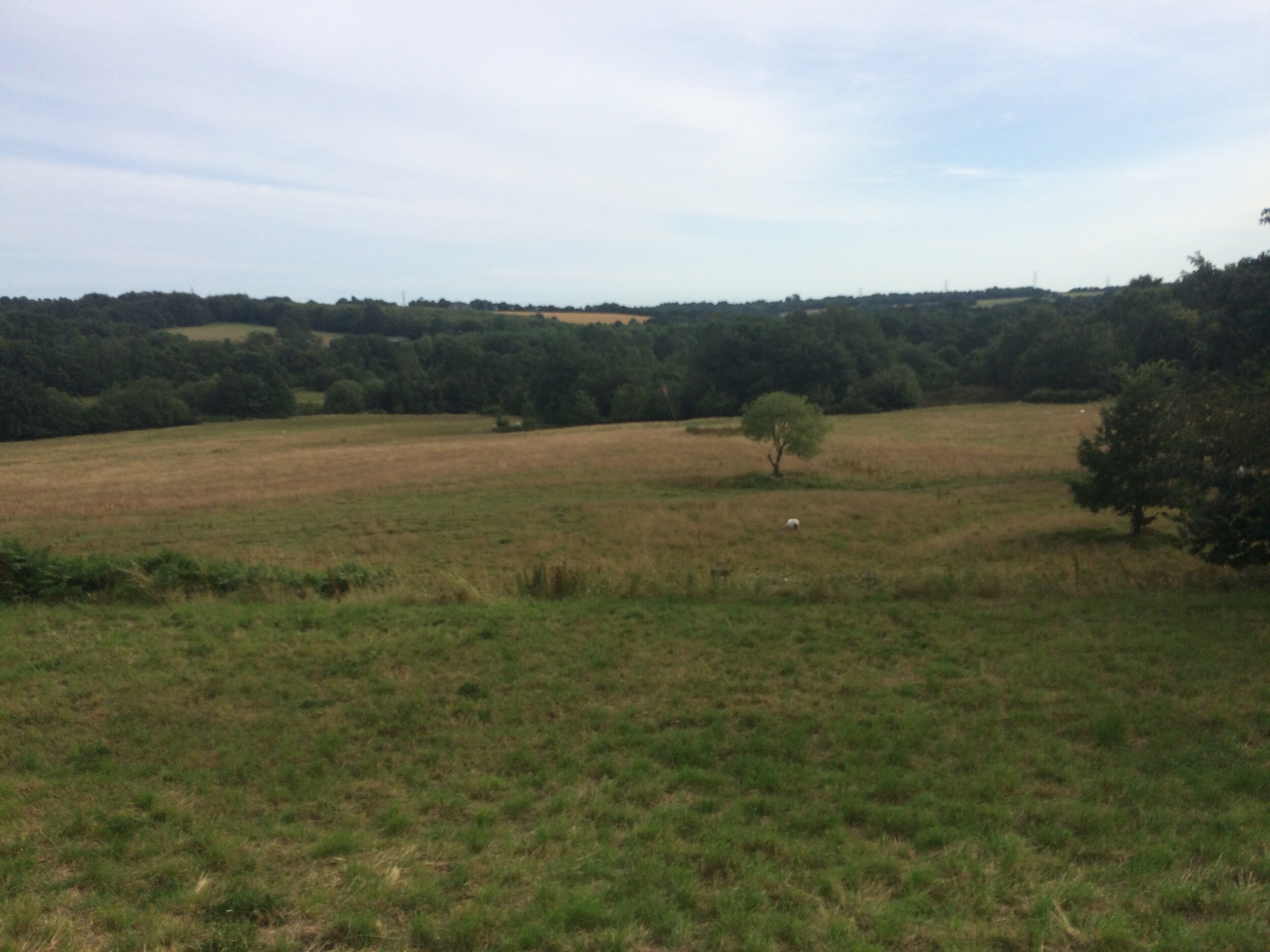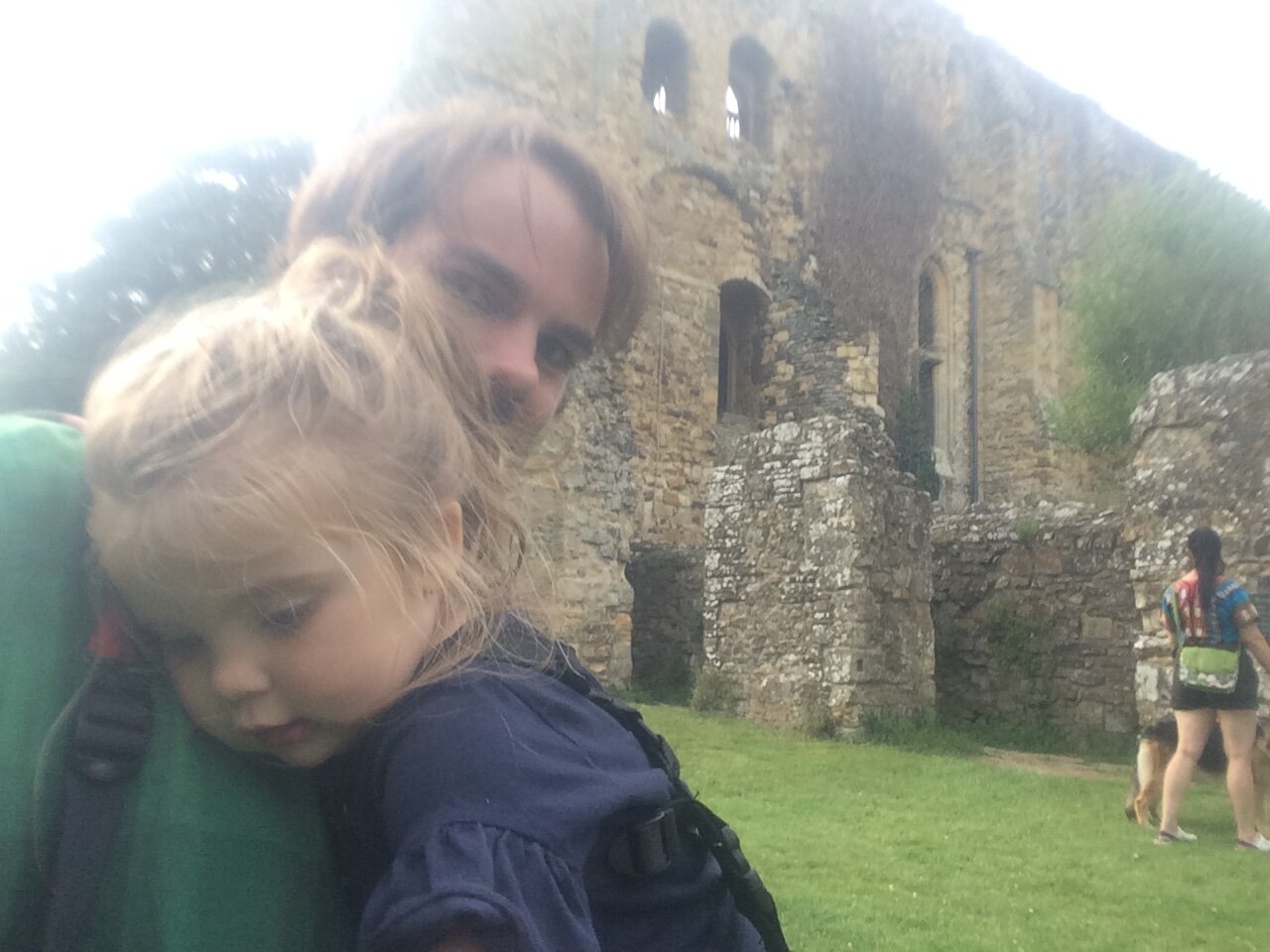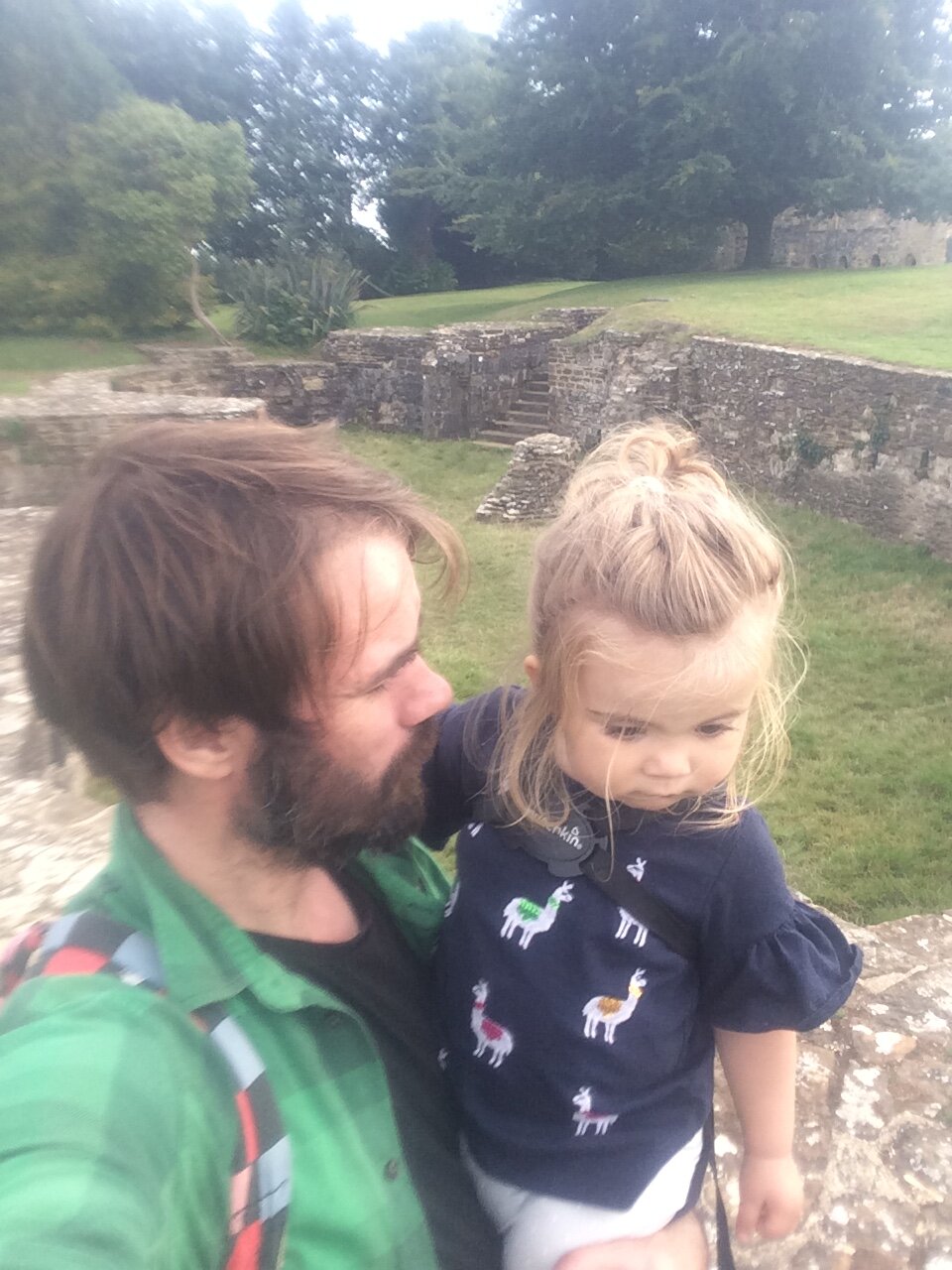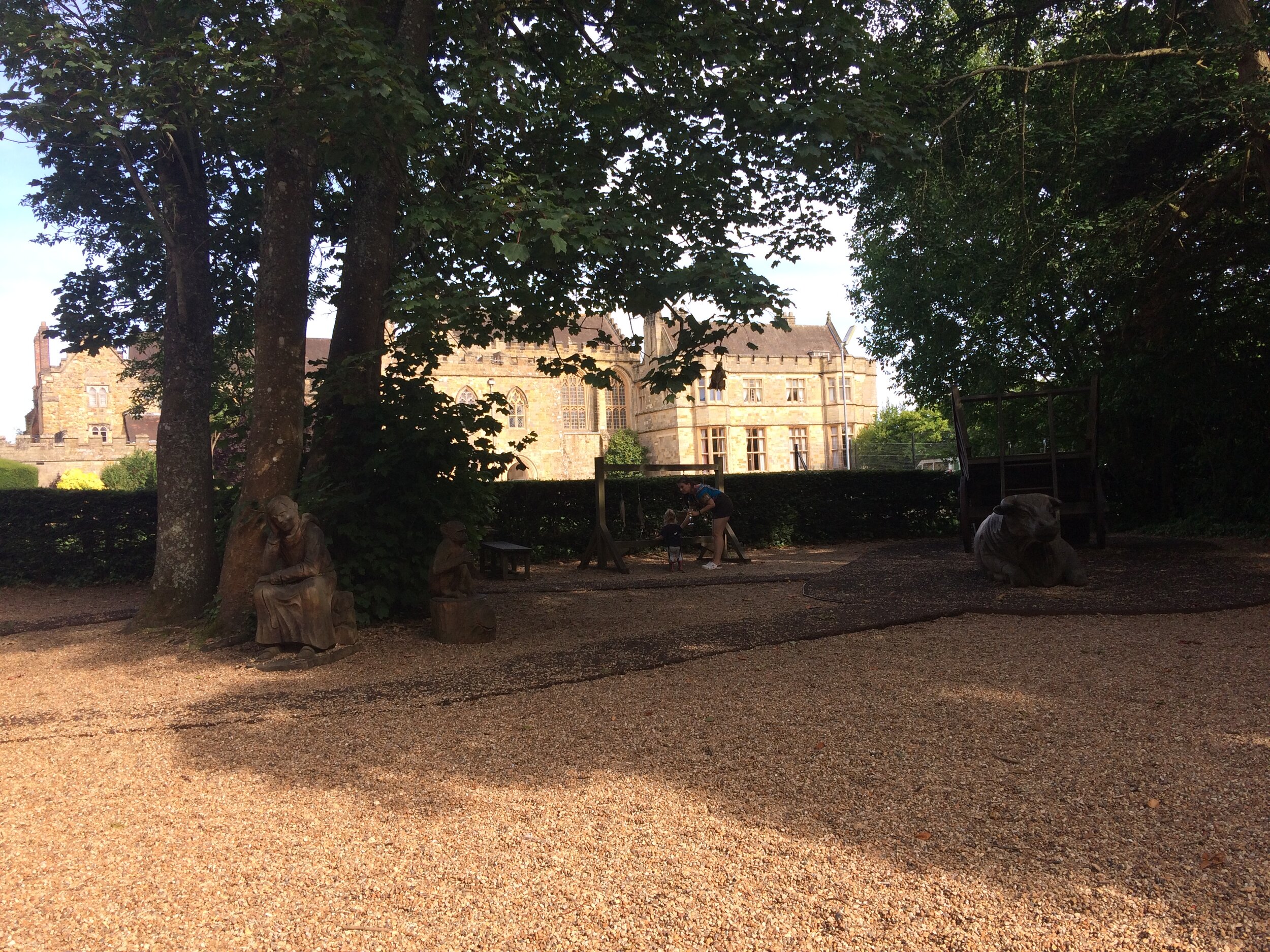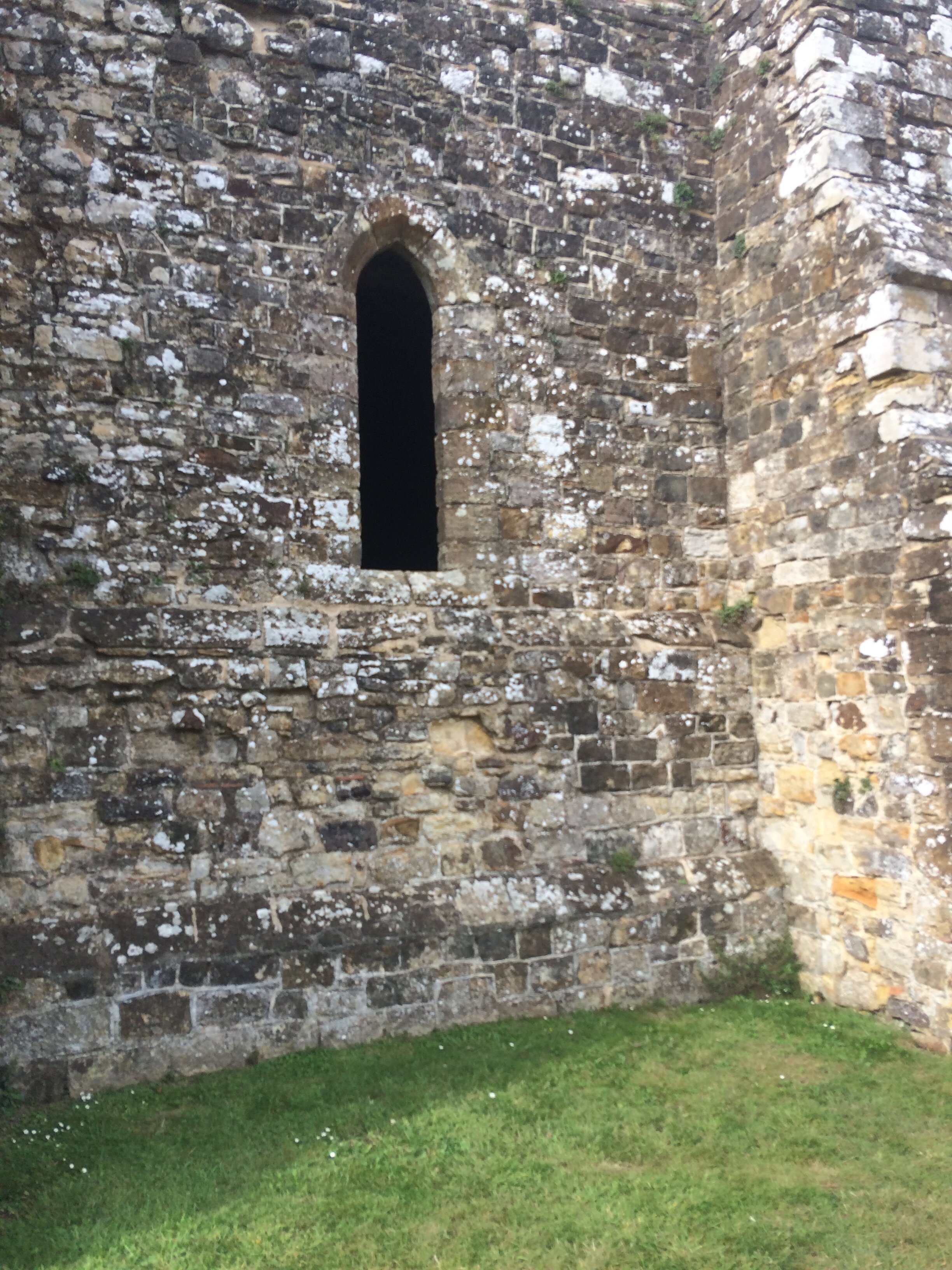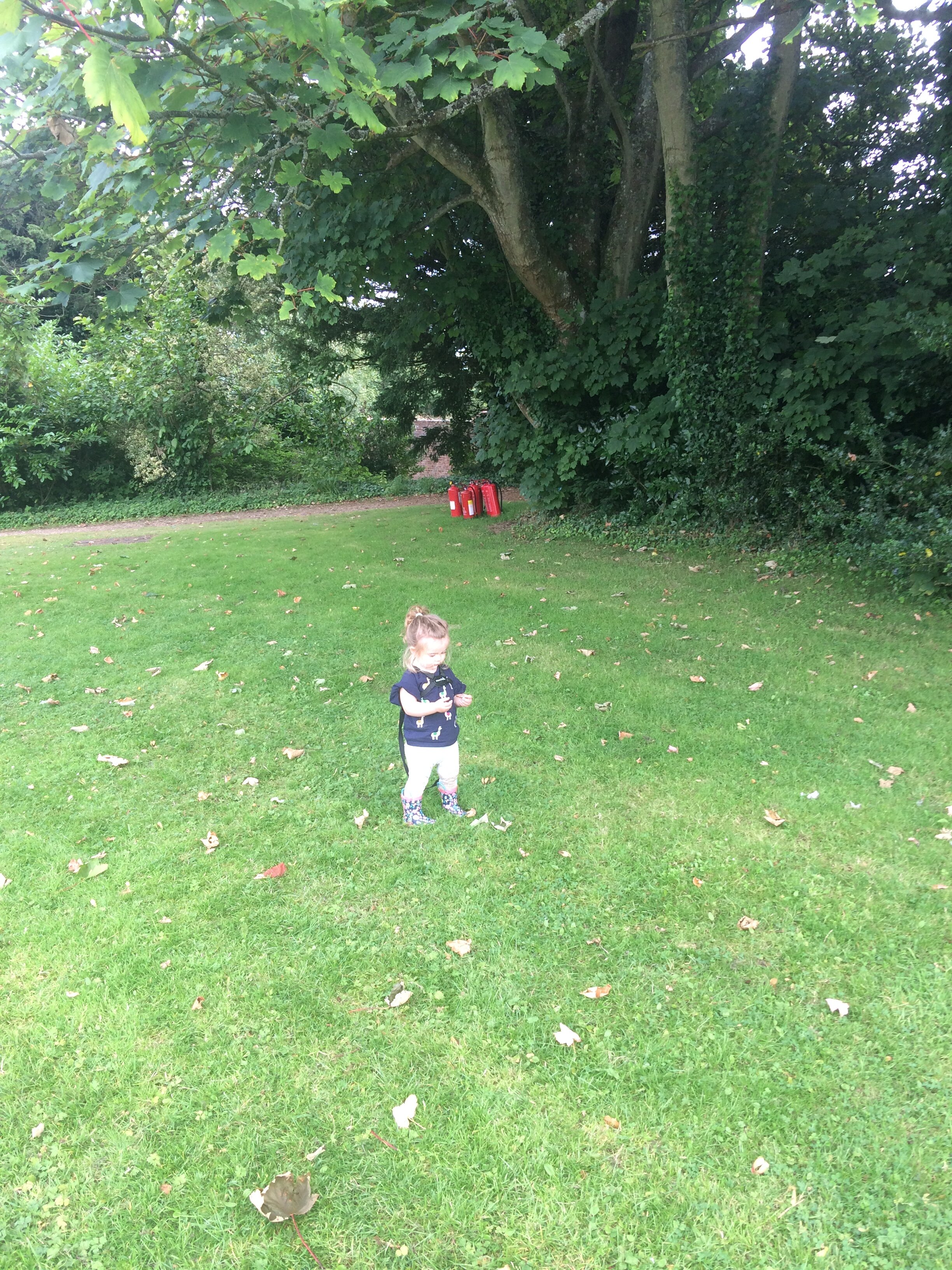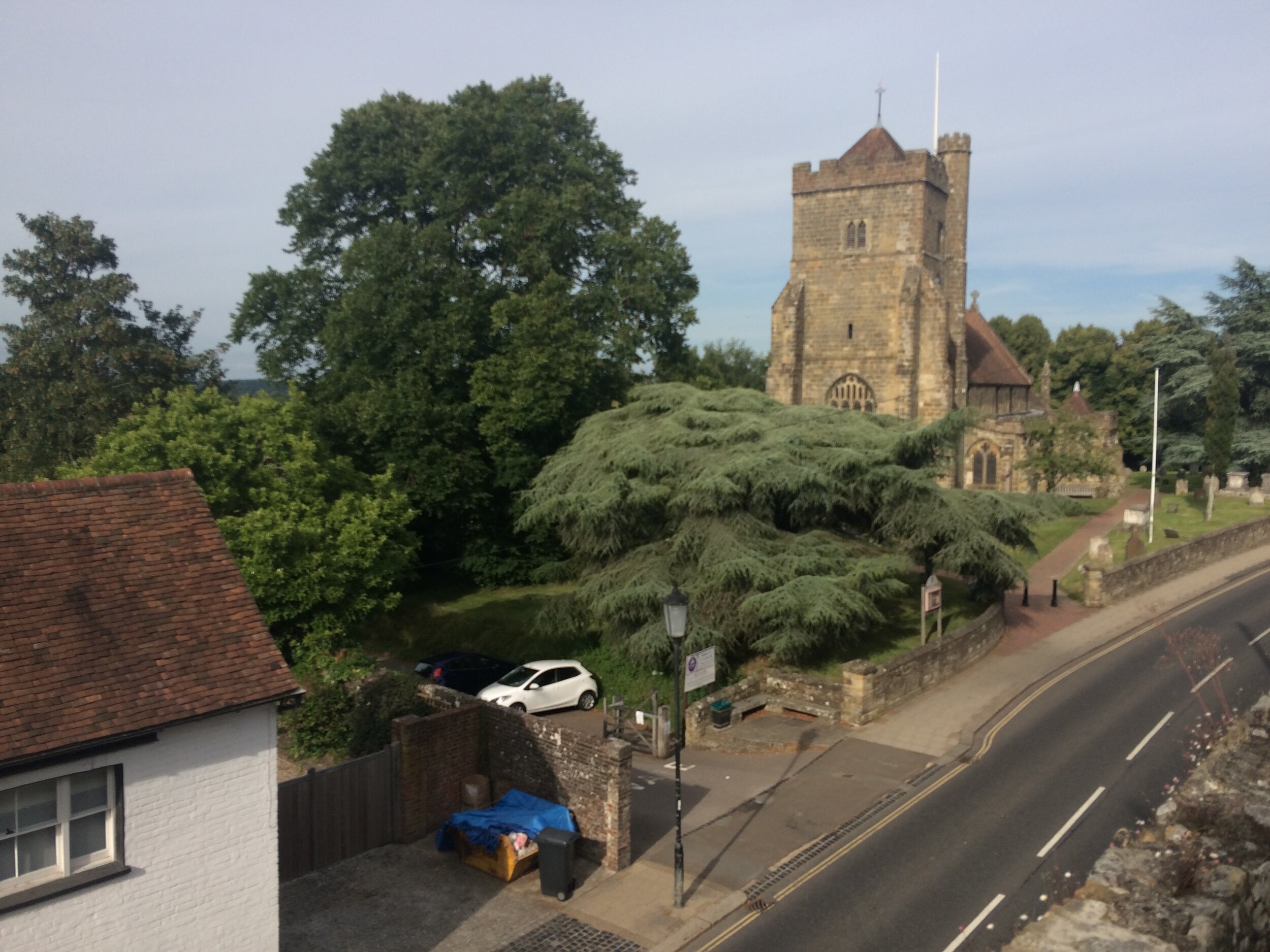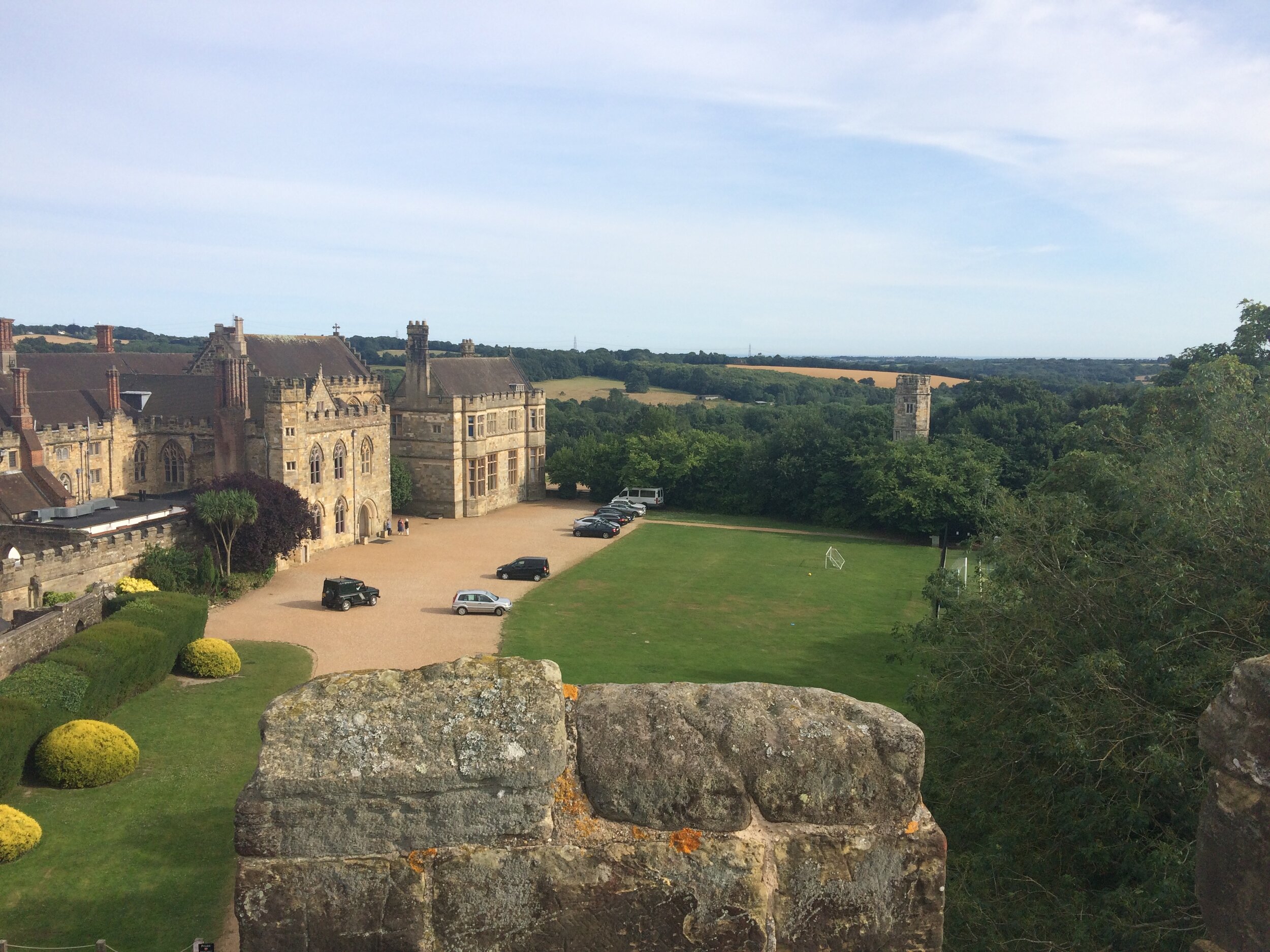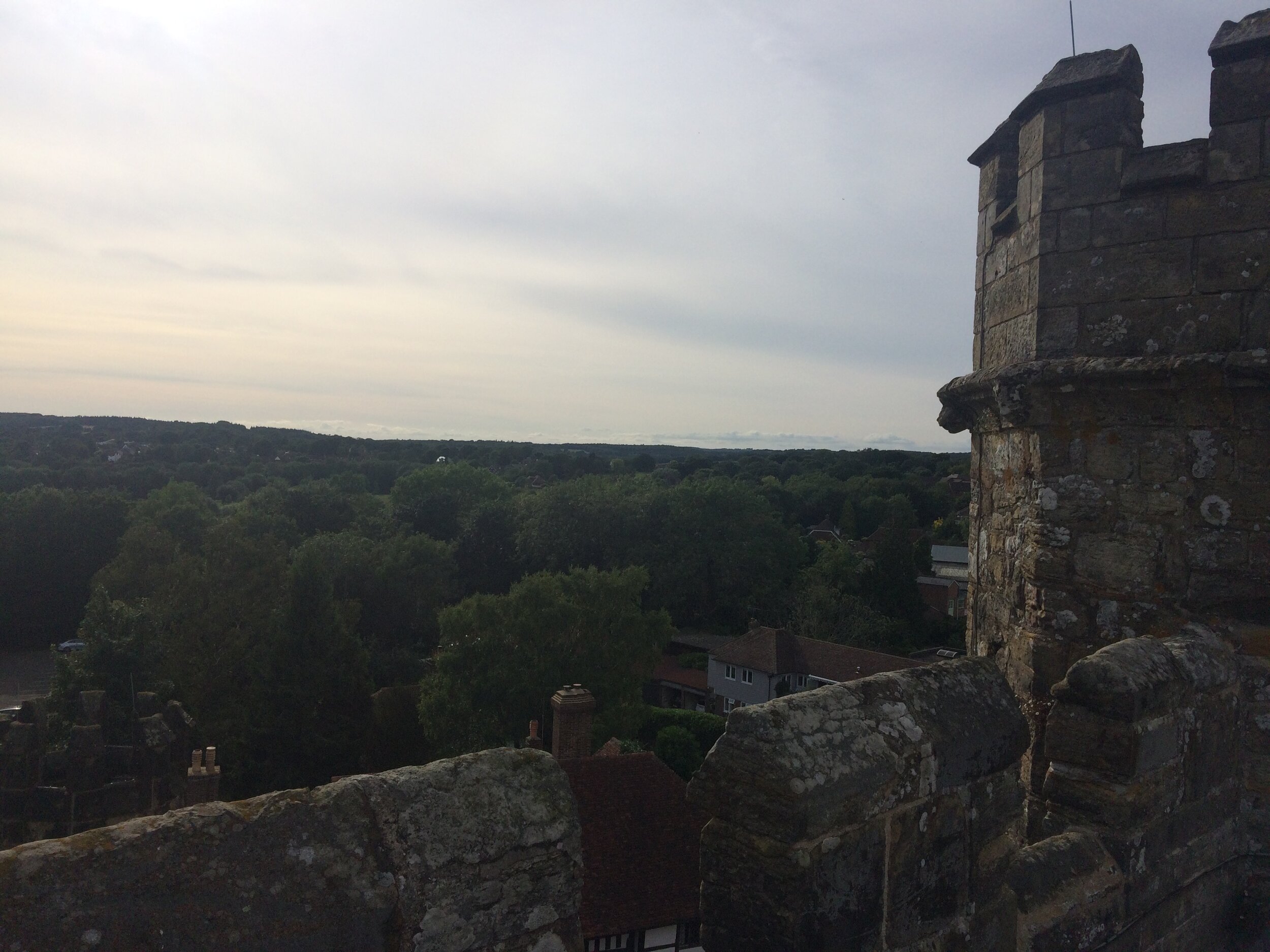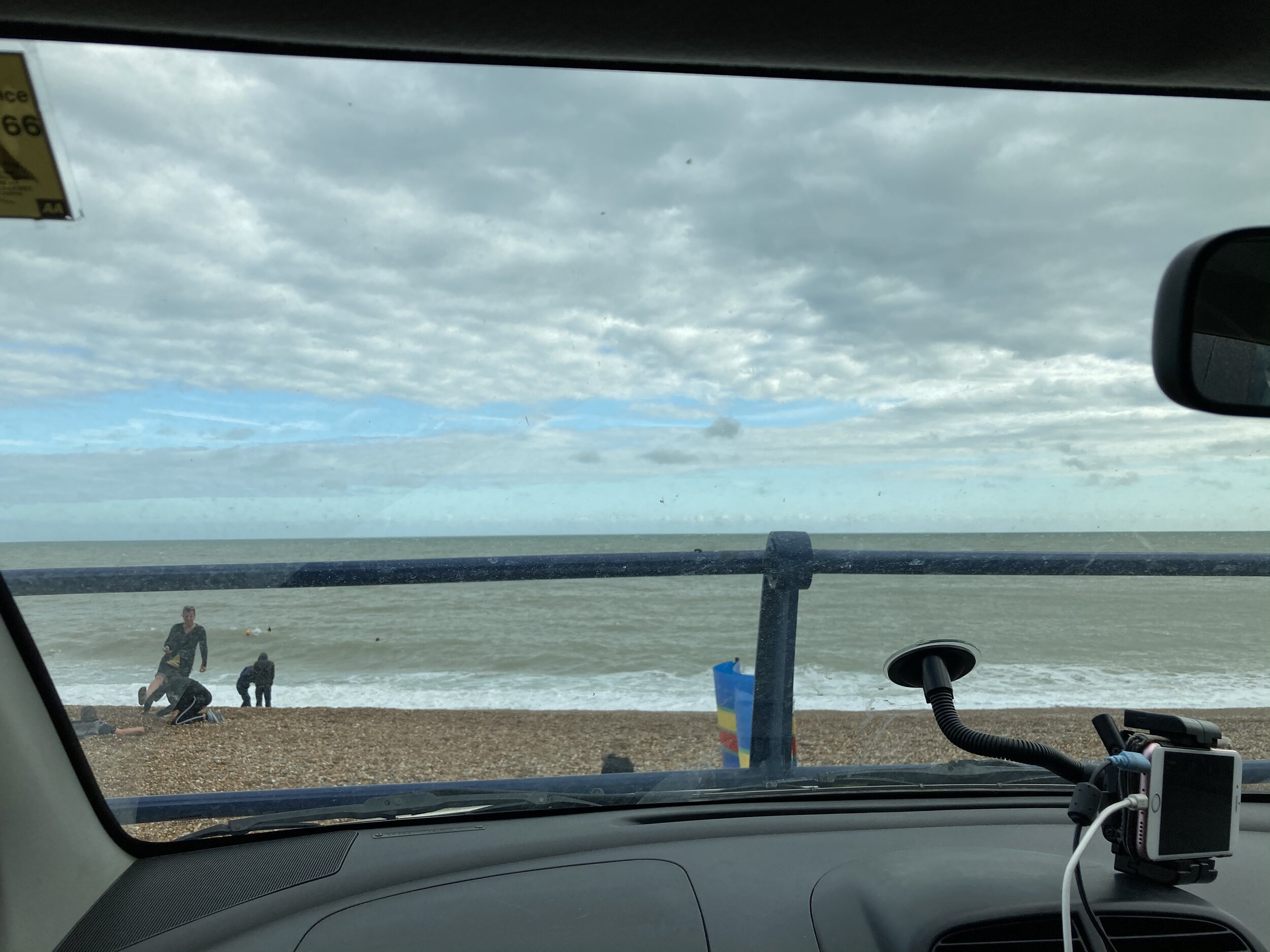Britain is a funny little island, isn’t it? Perched on the edge of the world, mostly rainy and cold, a bit broken and bruised, cut off, and forever open to the elements. Yet for some reason, it has remained the focus of countless aspiring Empires and Kingdoms. Elites have squabbled over this little island for eternities.
Some of these squabbles are better known than others. There was an invasion of Romans, and another soon after of Germanic populations such as the Angles, Jutes, and the Saxons. The Vikings famously raided and pillaged and even settled, and eventually, in 1066 so too did the Normans.
This particular invasion seems to have had a profound and recognisable effect on the island’s identity. The memory and mark of William the Conqueror and his Norman army can be witnessed across Britain. It remains large in the legend of this little rock at the end of the earth.
And as a nation obsessed by history and ancestors, legends and landscapes, we have formed a tradition of celebrating certain moments such as that fateful day in 1066. Whilst these moments probably involved horrific hardships, brutal conflict, death, and destruction on a large scale, we are now able to enjoy them as safe fun family events and even buy an arsenal of curious merchandise to cheer on the ancient warriors.
Perhaps that may seem a less than complimentary summary of what is essentially an accessible, interactive educational opportunity and an enthralling, high adrenaline hobby. The juxtaposition of the realities of history and the retelling of it are for a longer, larger debate than is available here. I will say that I believe, if it is conducted respectfully, as accurately as possible for the audience and is something that may open the door to further more involved study and understanding, these re-enactments are probably a good thing.
So, with all that out of the way, please join us as we step into the 11th century, on a sunny morning in October on the south coast of England, not quite in Hastings, for the Battle of Battle!
Every year, the incredible English Heritage site of Battle Abbey hosts an epic event. Thousands of people flock from all corners of the country to relive the Battle of Hastings. Amongst the throngs are hundreds of trained re-enactors, skilled in ancient combat techniques, decked out in historic garments, and fuelled by the intricacies of a centuries-old way of living. Two opposing camps straddle the battlefield, one the Anglo Saxon armies who have arrived fresh (or maybe not so fresh) from battle in the north, opposing Viking incursions and inter-family civil skirmishes. The other is William Duke of Normandy and his invading army from across the channel.
Despite the popularity of the event, and the narrow country roads leading to the car parking facilities, the arrival at the site was fairly painless. A little congested through Battle itself but mostly clear. It must be interesting for the residents of the quaint town when their numbers swell each October. No doubt the local businesses enjoy the economic boost it brings but perhaps the residents are not so keen on the struggle through town.
After a queue through the ticket tents, it was a wondrous wander along an avenue of trees, flanked on both sides by traditional medieval stalls and markets selling all manner of luxury and martial commodities. Here you can purchase everything from authentic animal skin rugs and cloaks to swords, shields, ornate carvings, masks and helmets of all varieties, feasting equipment, and even funny shoes. The smell of campfires hung in the air as we wandered wistfully through the busy bustling markets. Groups of 11th-century characters moved amongst us, elevating the experience, enhancing the authentic escape. Audrey adored all of it, running from one curiosity to the next, clambering over statues of Norman knights and Saxon soldiers, and dreaming of her own medieval garb.
Bramble also swelled with excitement at the array of sights and smells in the lively open fields. There was so much going on, it was impossible to take it all in. With the chaos and noise, the warmth, and the excitement in every direction, we were relishing the softer side of medieval life on the eve of battle.
As we rounded a copse of trees, the battlefield came fully into view. A wide sloping plain, crowned with the famous Abbey at the peak of the hill. The Abbey was only erected following the battle, of course, a monument to the spot that William fought for his famous victory. No spoilers of course...
We sauntered around the camps. Wonderfully jolly medieval folk offered detailed explanations into their unique way of living, on how weapons were forged and maintained, how food was prepared, how camps were built, and much more. The air had an atmosphere of anticipation. We left the warm smoky bustle of the camps to explore some of the more modern amenities. A cafe, a bar, and most importantly for Audrey, the English Heritage shop where she could purchase full warrior gear and take her place in the ranks about to do battle.
As a brief and potentially inaccurate little summary of the conflict at Battle, tensions had boiled following a dispute for the crown of England. Harold Godwinson had taken up the honour following the death of King Edward the Confessor. William Duke of Normandy believed that Edward had promised the crown to him, and therefore, enraged at Harold, embarked with his army to England to seize the throne.
Harold had recently been victorious in the Battle of Stamford Bridge against his own brother, Tostig, and the Norwegian King Harold Hardrada, who were also vying for the crown. Whilst his forces were still in recovery, William landed at Pevensey with a vast host on the 28th of September 1066. Harold was forced to march quickly across the island to meet the invading forces.
William’s scouts spied Harold’s approaching army and marched from Hastings to meet him on the field of Battle. The Saxon army had the better position on the battlefield and had some success during the early skirmishes. However, the Normans employed a tactic of deceit and feigned retreat. Caught in the confusion, parts of the Saxon army pursued the fleeing Normans, who turned on the pursuers and slaughtered them.
According to the Bayeux Tapestry, if it is to be read literally, King Harold received a fatal wound, an arrow through his eye. The Normans increased the attack and on the 14th October, 1066 were victorious. The throne of England would eventually fall to William the Conqueror on Christmas Day.
We found a comfortable spot amongst the crowds, and with full drinks and a colourful picnic of snacks, gazed upon the opposing armies lining up against each other on the hill. The roar of knights, soldiers and common folk preparing for bloodshed filled the afternoon sky. Birds of prey that had circled the battlefield prior to the arriving armies now waited patiently on their perches to devour the remains of battle. The clamour rose and fell as each general addressed their troops, and then, they clashed.
The din of sword on shield, of steel on steel, of the axe on flesh, filled the air. The brutality continued as we gathered around gleefully witnessing the carnage with ice creams and beer. Sure enough, the Saxons had an early advantage, using the slope to propel the invaders. Then the Normans made to retreat. We knew what came next, despite cries from the crowds to attempt a different tactic. Not to rush in, not to be fooled.
Yet the destiny of those soldiers was written in the very earth upon which they fell. They pursued and were cut to pieces.
Harold fell as an arrow pierced his eye.
The Normans drove ahead to victory.
Amidst the cheers and celebrations, the ghosts of those who perished rose from the field and embraced one another, each returning to their ancestral homes. Finally, as the sun began to set behind the wooded hillsides, the crowds slowly drifted away along the avenue of trees and the busy market stalls to the acres of chariots waiting.
Audrey yawned a satisfied, exhausted, and content yawn. Bramble curled up cosily in the back of the car and we made our way back to the 21st century. To electric warmth and modern comforts, but with spectacular memories of an age almost completely lost to us.
De notre archéofam à la vôtre, bonne nuit.

































